Have you ever wondered how HP Latex ink works?

Have you ever wondered how HP Latex ink works?
The media that Drytac manufactures is part of a larger solution; before any graphics application can be delivered, it needs to be printed and finished. Understanding how materials work with specific print and ink technologies is a key foundation of the company’s product development.
Drytac maintains a close relationship with hardware and ink manufacturers to ensure its products achieve the best results and – as part of this close collaboration – Drytac launched a series of ink blogs written by some of these leading businesses.
In this blog, Bruce Wayne Van Greunen, Pre-Sales Technical Consultant at HP, explains how HP Latex ink works.
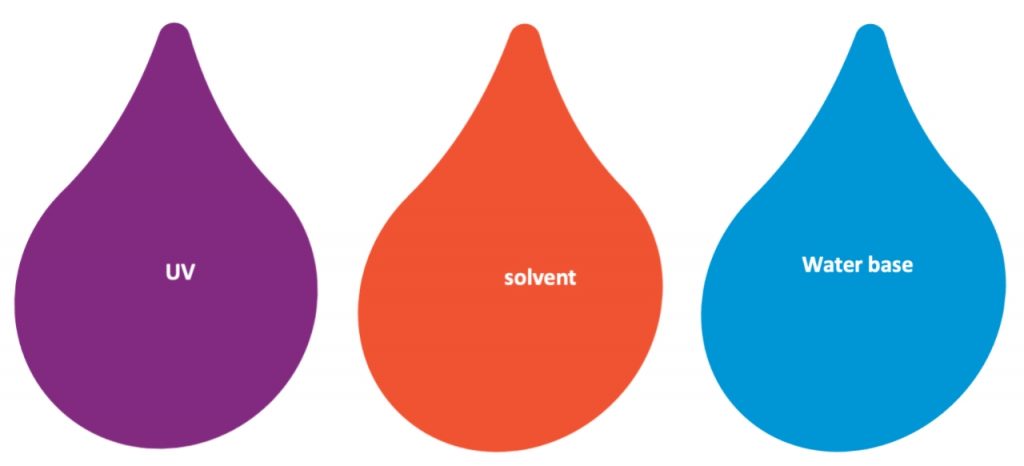
HISTORY:
Until 2008, the 3 primary digital print technologies used were Aqueous or Water-based inks, Solvent, and UV Based inks.
- Aqueous or Water-based ink -was used primarily for indoor use, the quality was great, with excellent colour gamut, but the durability and water fastness meant it was not really suited to outdoor applications.
- Solvent-based inks -They were used primarily for outdoor signage, the water resistance and UV stability made it perfect for Outdoor applications, but the print quality was not great for up-close viewing. Eco-Solvent inks a subset of Solvent inks along with Mild Solvent were developed as an economic version of solvent inks by removing some of the more costly chemicals.
- UV cured Inks the king of rigid media, what they lacked in flexibility they made up for in adhesion, UV could print onto almost any surface but the colour gamut and print quality was similar to that of the solvent ink of the time. A flexible version of UV ink was later developed, but it lost some of its adhesive power, and to use it the inks had to be physically swapped at the expense of time and with significant waste in ink.
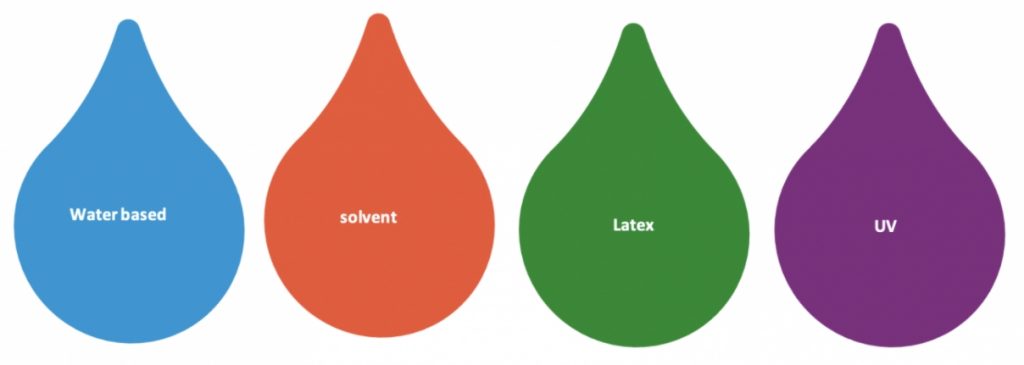
Then in 2008 HP launched the world’s first water based outdoor durable ink, HP latex ink technology.
The objective was to have the world’s first and most environmentally conscious print technology in the market. HP latex Inks also boasted having the best of both worlds, the quality of water-based inks and the outdoor durability of Eco Solvent-based inks. This offered unparalleled versatility for the first time, one printer could offer both indoor quality as well as outdoor durability using the same ink set, as well as being safe for the environment and the operator.
By 2013 HP had released the 3rd generation of the HP Latex ink.
HP is continually improving the HP Latex ink technology and printer performance. By Introducing the Optimizer, a clear ink that helped eliminate the requirement for dryers in the print zone, while maintaining the perfect dot gain. HP also added an anti-scratch component into the ink for improved durability of the print and improving efficiency of the curing technology allowed for increased productivity.
In 2018 HP debuted the HP Latex R Printer Series, with hybrid capabilities, a Roll to Roll and Flatbed Printer. This introduced the 4th generation of the HP Latex ink, and the first HP Latex to have white ink.
The 4th Gen inks further reduced curing temperatures, allowing for even more media variety, and separation of the anti-scratch component from the ink to a separate ink called the Overcoat. Having the Overcoat separate means there is a choice on when to use it, like when the print is going to be laminated in the case of high abrasion applications such as vehicle wrapping, there is no need to use the Overcoat.
And of course, the whitest of white inks in the industry.
On February 2nd, 2021 HP introduced the HP Latex 700 and 800 series of printers also available with HP Latex white ink.
The mechanics
In both the 3rd and 4th generation HP Latex inks, the Optimizer is the first drop fired from its HP Thermal Inkjet printhead.
The positively charged particles in the optimizer are only placed where the image is going to be printed.
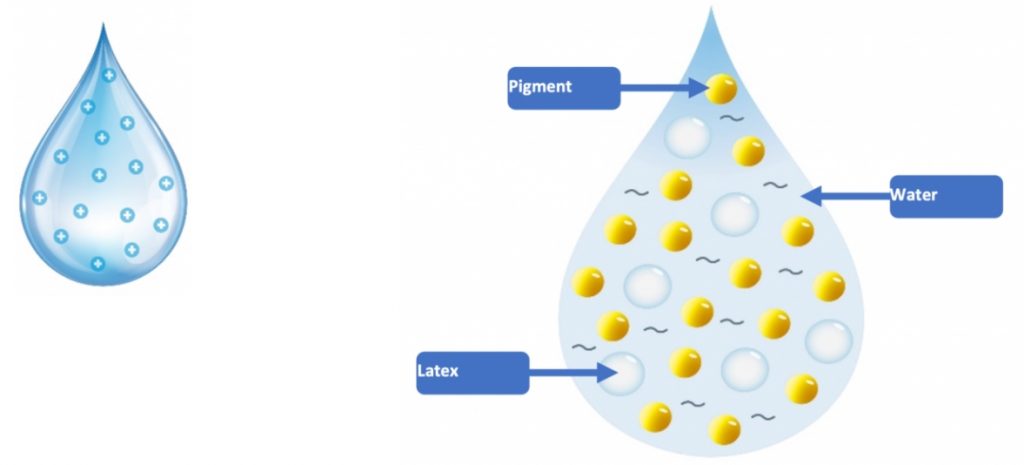
This is followed by a droplet of ink that is fired from its HP thermal Inkjet printhead.
That drop of HP Latex ink consists of:
- Water (65%)
- Pigments (colourants)
- Latex polymers (synthetic, totally hypoallergenic)
- Tiny amounts of other chemicals
The negatively charged pigment is attracted to the positively charged Optimizer, giving perfect control of the dot gain, and ensuring that most of the pigment is at the bottom of the solution on the media.
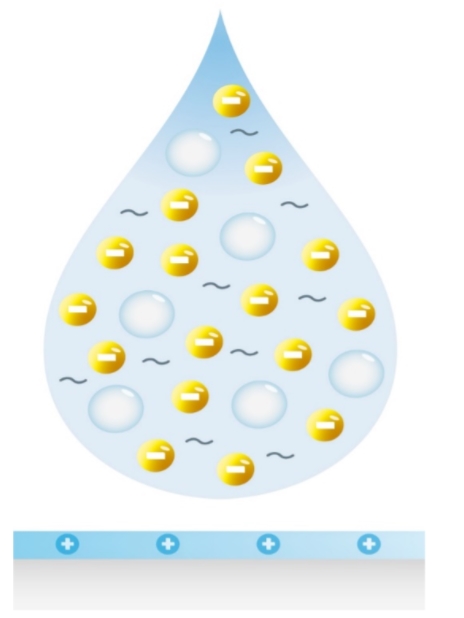
Finally, the Overcoat (if needed) is printed on top.
The media moves through the print zone towards the curing system where evaporation starts to remove the water.
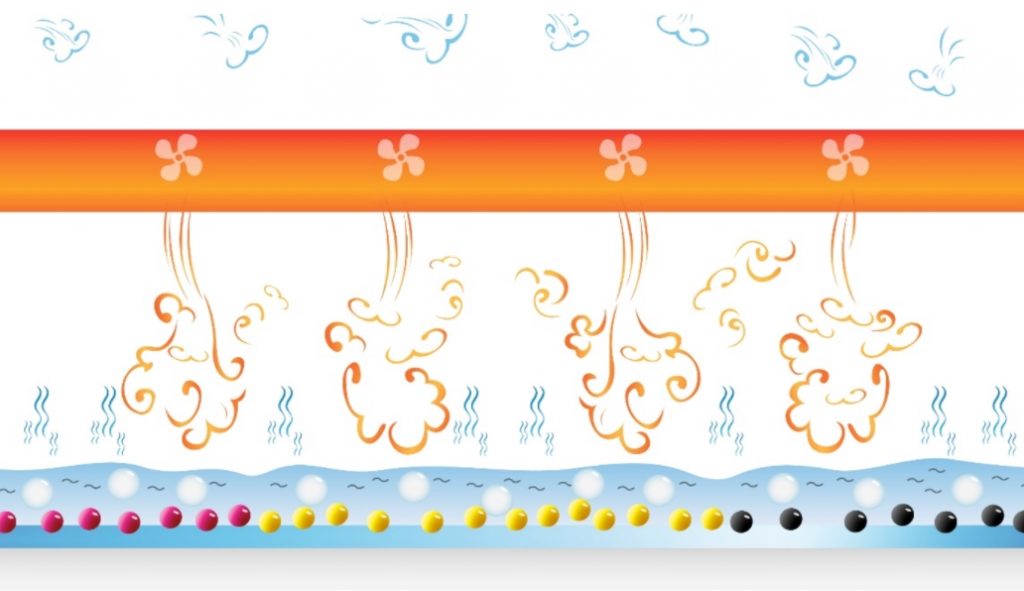
In the curing zone of the printer, the remainder of the water is evaporated, and the Latex polymers and the anti-scratch components are melted to encapsulate the pigments onto the surface of the media.
Finally, a thin, transparent, flexible, and waterproof latex film is formed, the anti-scratch agent protects the pigments from being scratched, the print is ready to be handled, and is ready to be finished!
The benefits of HP Latex
Productivity:
- The prints are completely dry out of the printer.
- The media is fully conformable, without the risk of cracking or fading when stretched.
- Does not change the characteristics of the media, so unlike UV and Solvent-based inks they do not change the characteristics of the media you print onto, so if the media is Fire Rated or recyclable it retains the ratings even if they are printed with Latex.
- Versatility, the ability to print onto an even wider range of media from paper to PVC, SAV to PETG, or even textiles.
Ease of use:
- With great design and many time-saving features, and the ability to observe and manage your production with HP PrintOS (www.printos.com)
Good for the environment and for the operator:
- HP Latex Printing Technologies provides many opportunities to reduce and recycle. The ink cartridges, printheads, and in some cases the maintenance cartridges are recyclable free of charge through the HP Planet Partner program (https://www8.hp.com/uk/en/hp-information/recycling/ink-toner.html).
- The 4th Generation HP Latex ink cartridges are made from cardboard and readily recycled with your current cardboard and paper. The printheads can be recycled through the HP Planet Partners program.
Authored by Bruce Wayne Van Greunen, Pre-Sales Technical Consultant at HP.










Responses